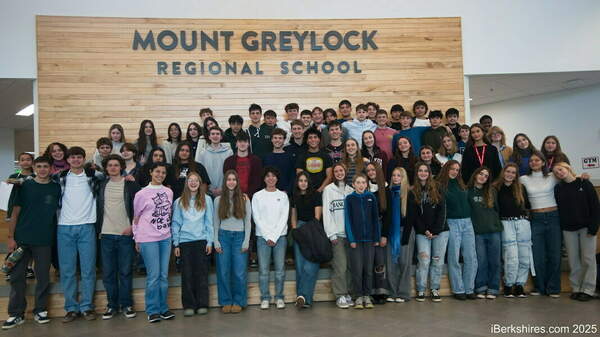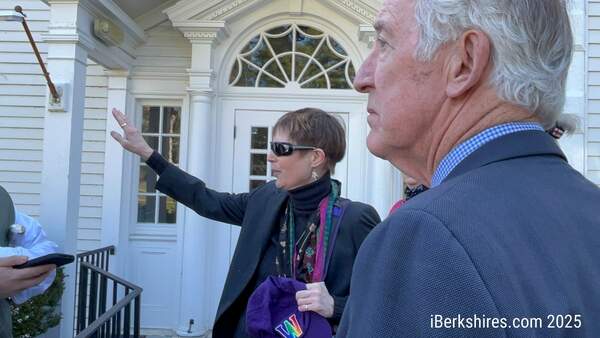Letter: Delay Vote on New Williamstown Fire Station
 |
To the Editor,
There is no question that the Williamstown Fire District needs a new modern facility to replace its antiquated 73-year-old Water Street station. While a new fire station is long overdue, the proposed $25 million building is challenging to justify.
In response to concerns about the size and cost of the project, the district recently released a "Comparison of Size of Proposed Williamstown Fire Station to Other Fire Stations" study on its official website and Facebook page. However, the comparison study overlooks several details and, when thoroughly examined, provides the best evidence why the Feb. 28 vote should be postponed so a re-evaluation can occur, and a new design can be presented for consideration.
In summary, a breakdown of the comparison study reveals the following:
• Every community listed has a population greater than Williamstown, excluding Wellfleet (Armonk, N.Y., is a hamlet of North Castle, population 11,765.)
• Every community is a full-time agency, or a full-time department complemented by call or volunteer firefighters, excluding both Armonk and Putnam Valley.
• Every fire department provides ambulance service to their community, excluding Newton (7,500 fire calls for service) and Putnam Valley, N.Y., (472 fire calls for service), both fire service-only agencies.
• Every fire department listed receives more calls for service compared to Williamstown (less than 300 a year) and, in almost every instance, by several thousand.
• Williamstown has seven pieces of equipment. All the communities listed that only have a single fire station (as proposed in Williamstown), has more equipment, sometimes doubling Williamstown (e.g., Foxborough 14, Plainville 13, Wellfleet 10)
• The new Plainville Fire Department was constructed as a combined municipal complex that accommodates the new police department and town hall. The construction cost for the police, fire, and town hall was $34 million.
The district provided regional data on new fire departments but curiously bypassed a local project. On Dec. 8, 2022, voters in Lenox unanimously approved a $20 million public safety complex to house their police, fire, and ambulance. The Lenox FD is a full-time department complemented by reserve/volunteer firefighters and responded to 1,873 calls for service in 2021. It is fiscally irresponsible to ask the Williamstown voters to approve a $25 million stand-alone fire station without studying how Lenox can build a public safety complex for $5 million less.
Williamstown requires a new fire station; however, the project must be realistic to our community and not jeopardize current government services and future projects.
Scott E. McGowan
Williamstown, Mass.
Tags: fire station,















